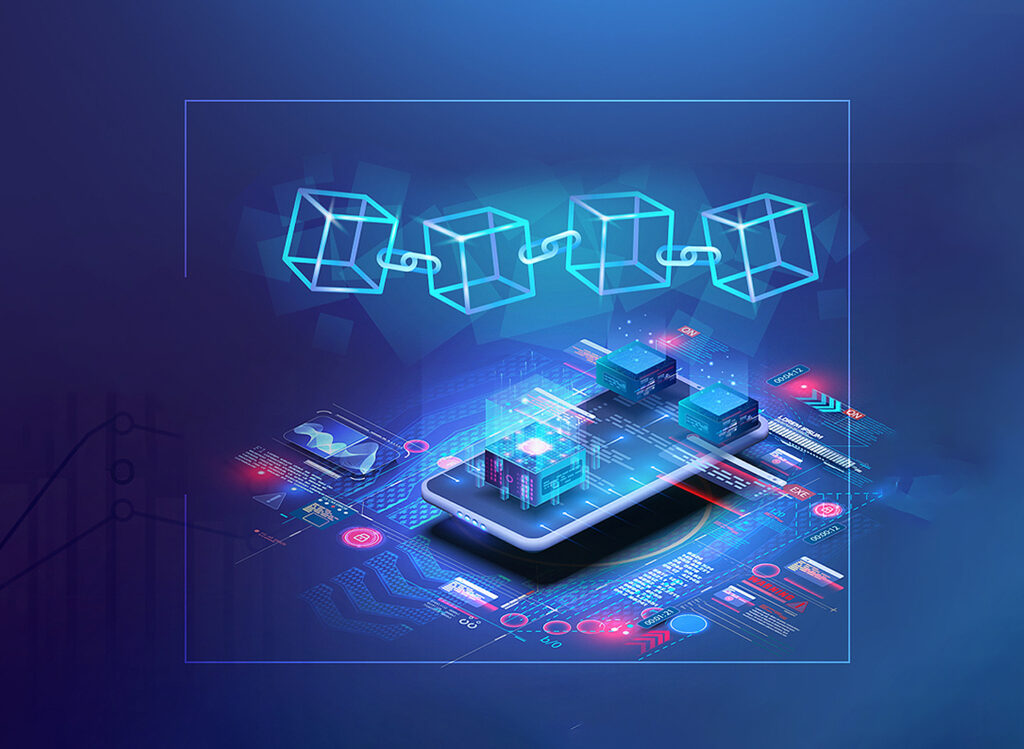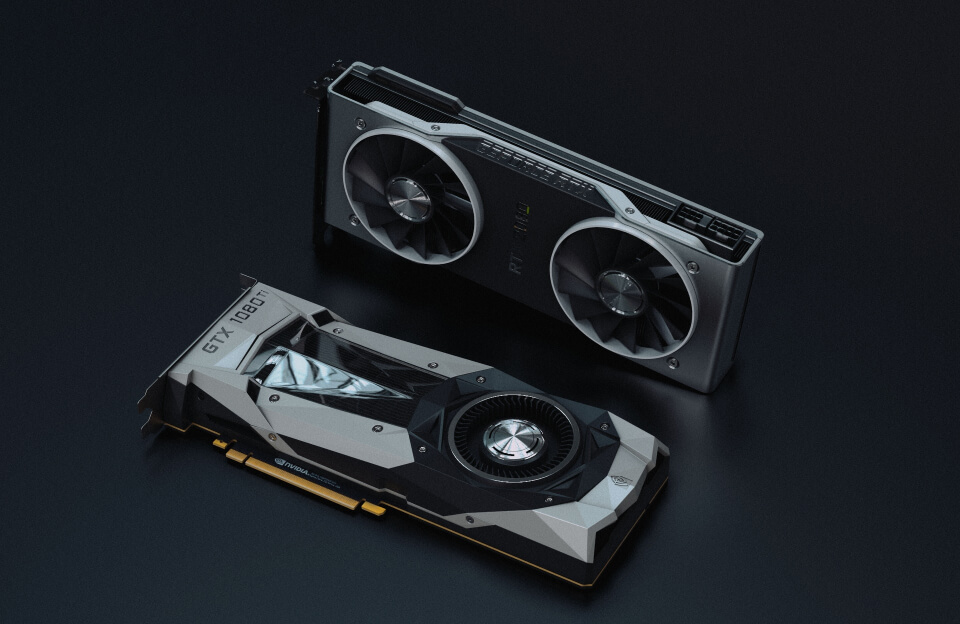1. What Is Blockchain Development?
Blockchain development is the process of building applications, tools, and infrastructure that run on blockchain networks. These include things like smart contracts, decentralized applications (dApps), tokens, and the networks that power them—such as Ethereum, Solana, or BNB Chain.
Unlike traditional development, blockchain development focuses on trustless systems, data immutability, and decentralized logic—where rules are enforced by code, not companies.
If you’ve ever used apps like MetaMask, Uniswap, or OpenSea, you’ve already interacted with blockchain development in action.
2. Why Is Blockchain Development Important?
Blockchain is more than just cryptocurrency. It enables:
- Secure financial transactions without banks
- Transparent supply chains
- Digital identity systems
- Token-based economies for games or online platforms
- Decentralized governance for communities
As global interest grows in Web3 and decentralized technology, the demand for blockchain developers is increasing—especially in fast-growing regions like Southeast Asia.
3. What Do Blockchain Developers Actually Do?
1. Smart Contract Development
- Writing code (usually in Solidity or Move) that runs on blockchain networks.
- Example: A smart contract that automatically releases funds when conditions are met (like in crowdfunding or token sales).
2. DApp Development
- Building front-end interfaces that connect to smart contracts using web3.js, ethers.js, or wallet integrations.
- Example: A decentralized exchange (DEX) or NFT marketplace.
3. Blockchain Infrastructure Development
- Creating and maintaining blockchain nodes, consensus layers, L2 solutions, or new blockchains (using Cosmos SDK, Substrate, etc.)
4. Token Standards & Launches
- Launching ERC-20, BEP-20, or NFTs using proper smart contract protocols.
4. Skills Required for Blockchain Development
| Skill Area | Description |
|---|---|
| Programming | Solidity, Rust, JavaScript, Go, Python |
| Smart Contracts | Deploying and testing smart contracts using frameworks (e.g., Hardhat, Foundry) |
| Web3 Integration | Connecting apps to blockchain via wallets (MetaMask, WalletConnect) |
| Security | Writing secure code to prevent exploits, rug pulls, or bugs |
| Testing & Auditing | Unit testing, gas efficiency, contract simulation |
5. Blockchain vs Traditional Web Development
| Feature | Web Development | Blockchain Development |
|---|---|---|
| Data Storage | Centralized servers | Distributed ledger on blockchain |
| Languages | HTML, CSS, JS, PHP, etc. | Solidity, Vyper, Rust, etc. |
| Logic Enforcement | Backend logic controlled by server | Smart contracts run logic on-chain |
| Security Focus | Preventing SQL injection, XSS | Avoiding reentrancy attacks, exploits |
| Frontend Tools | React, Vue, Angular | Also used, with Web3 providers and contracts |
6. Real Example: A Simple Blockchain App
Imagine a dApp where users can:
- Connect a wallet like MetaMask
- Mint an NFT or token using a smart contract
- View ownership info on-chain
- Trade or send that asset directly—no middleman
This entire flow requires:
- Smart contract development
- Front-end app with wallet integration
- Deployment to a testnet or mainnet
- Optionally, backend support for analytics or off-chain data
This is the essence of blockchain development.
7. Blockchain Development Tools & Frameworks
7.1. Common Smart Contract Tools:
- Hardhat
- Remix IDE
- Foundry
- Truffle
7.2. Frontend/Web3 Libraries:
- web3.js, ethers.js
- wagmi, RainbowKit
7.3. Testnets:
- Goerli, Sepolia (Ethereum)
- Fuji (Avalanche)
- Devnet (Sui, Aptos)
8. Who Can Become a Blockchain Developer?
Whether you’re a web developer, backend engineer, or newbie, you can start learning blockchain development. You don’t need to be a crypto expert.
Ideal Backgrounds:
- Computer science or IT students
- Web2 developers shifting to Web3
- Entrepreneurs or startup builders
- Freelancers exploring smart contract gigs
Learning Path (Simplified):
- Learn Solidity or Rust
- Build & deploy your first smart contract
- Connect frontend with Web3 provider
- Explore DeFi, NFTs, DAO-based dApps
- Learn about gas optimization and security
9. FAQs – Blockchain Development
Is blockchain development hard?
It has a learning curve, especially with smart contracts and gas efficiency, but it’s accessible to anyone with basic dev knowledge.
Can I learn blockchain development for free?
Yes. Platforms like freeCodeCamp, Buildspace, Alchemy University, and YouTube tutorials offer free content.
Is blockchain development in demand?
Absolutely. Web3 startups, DeFi protocols, and NFT platforms are constantly hiring blockchain devs—globally and across Asia.
Which language should I start with?
Start with Solidity (Ethereum, BNB Chain) or Move (for Aptos, Sui). If you’re already a Rust developer, check out Solana.
10. Final Thoughts
Blockchain development is at the core of the Web3 revolution. It enables trustless applications, empowers creators, and removes middlemen across industries—from finance to gaming.
Whether you’re building the next DeFi protocol, NFT marketplace, or decentralized identity system, understanding blockchain development is the key.
Start small. Experiment. Build.
Because the best way to understand blockchain—is to develop on it.


